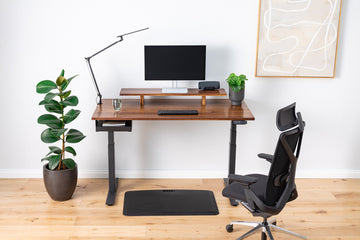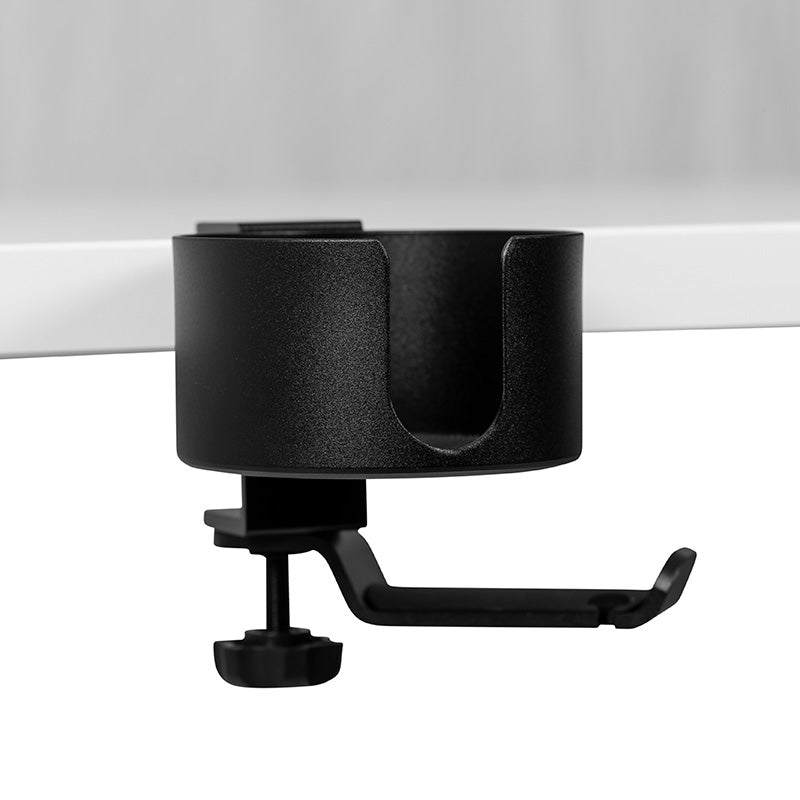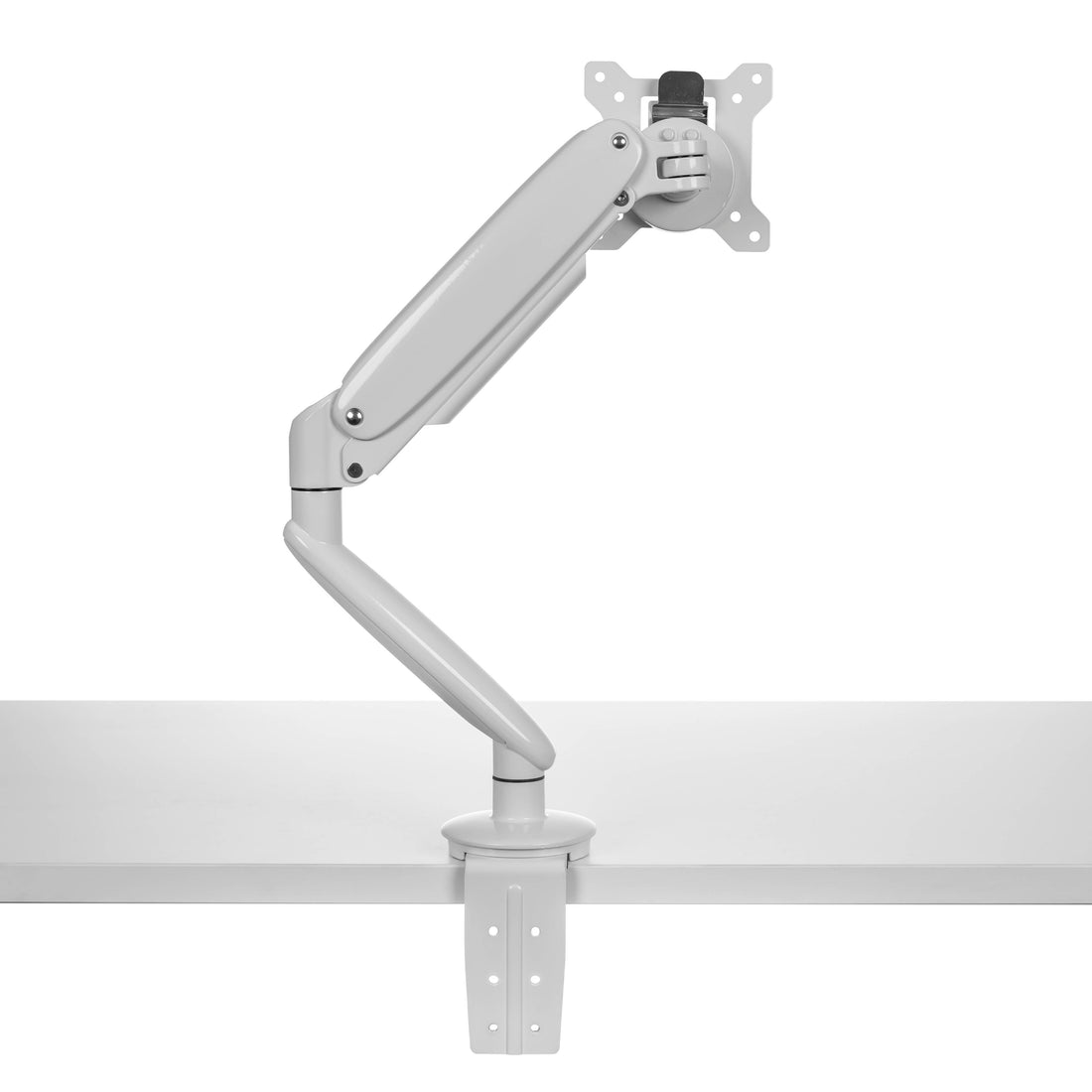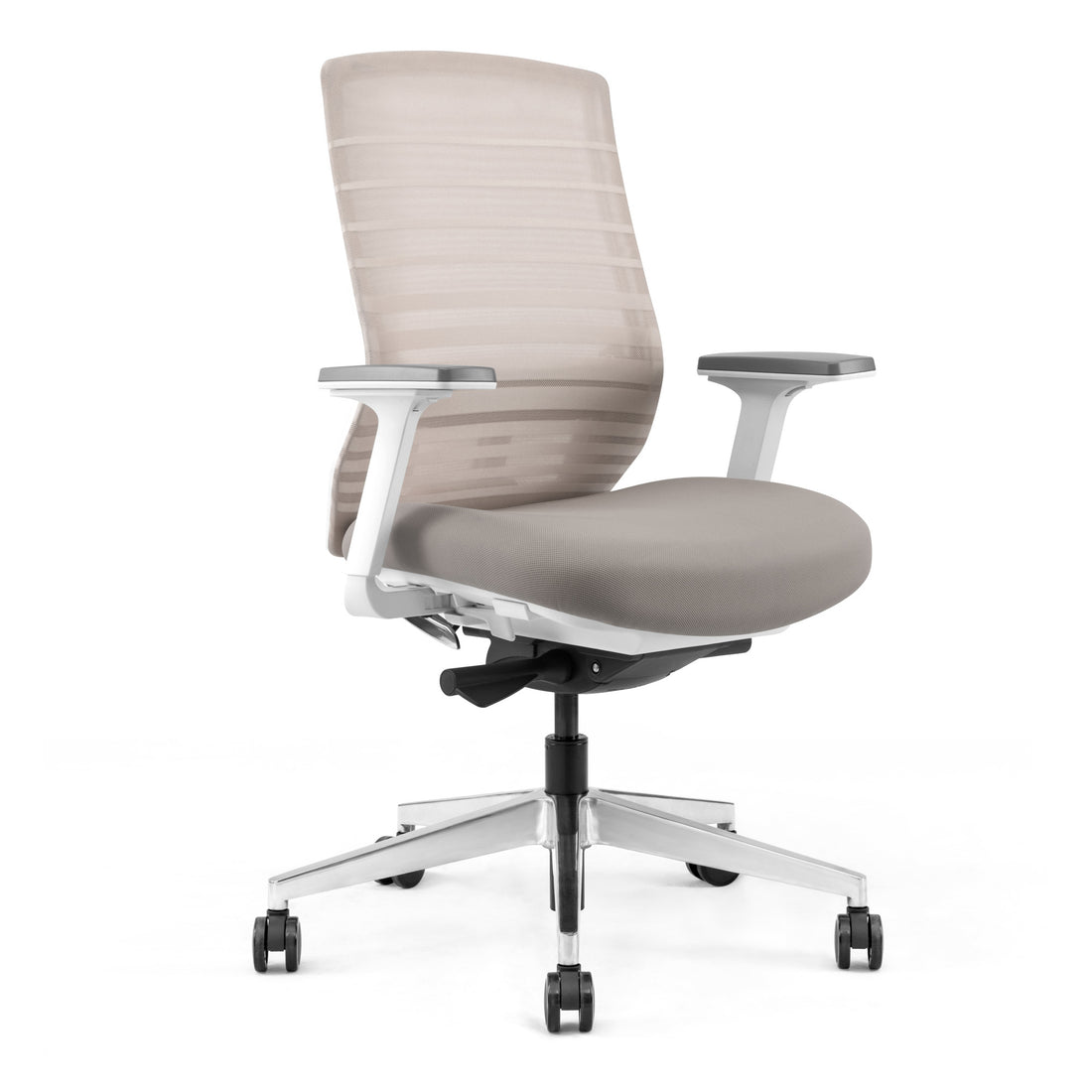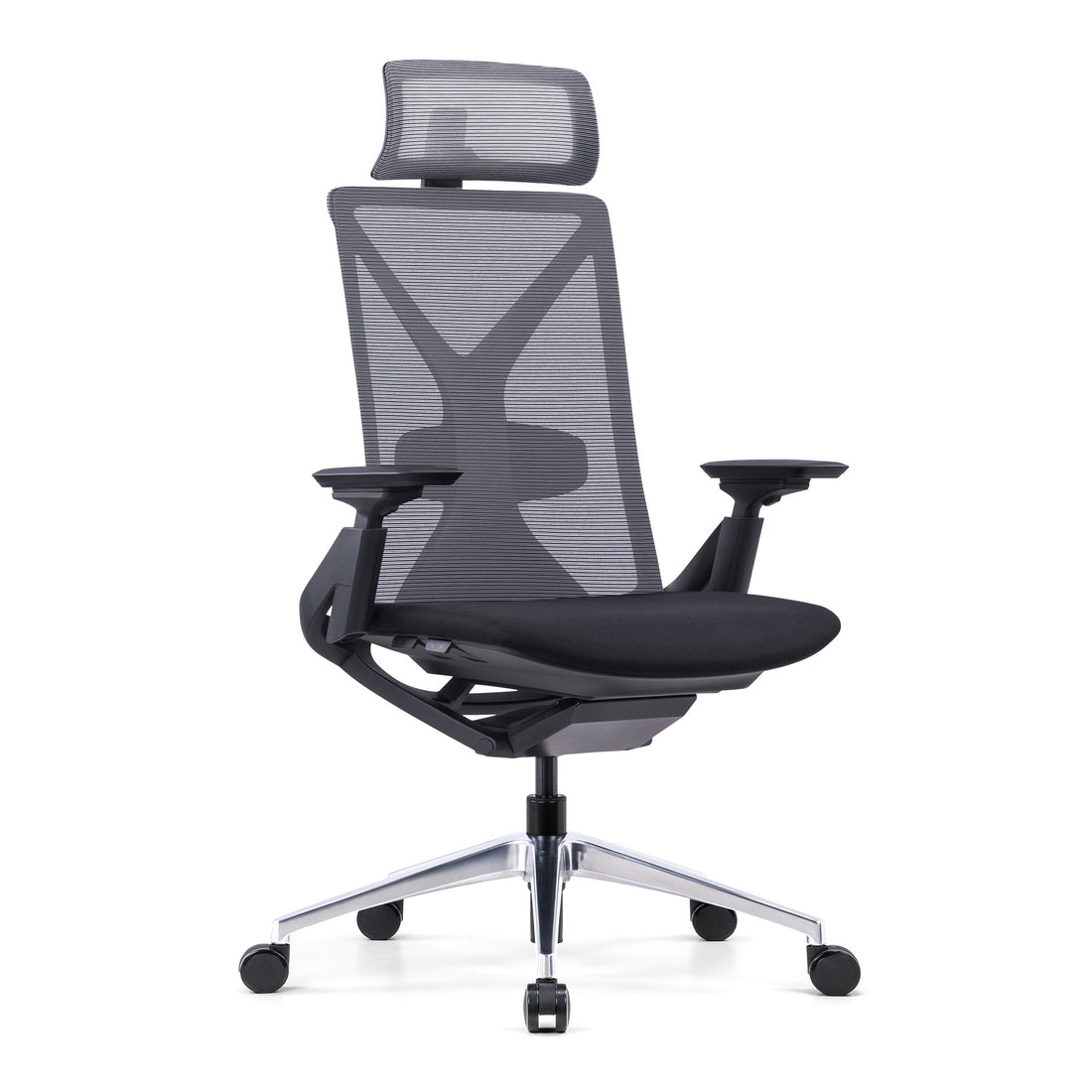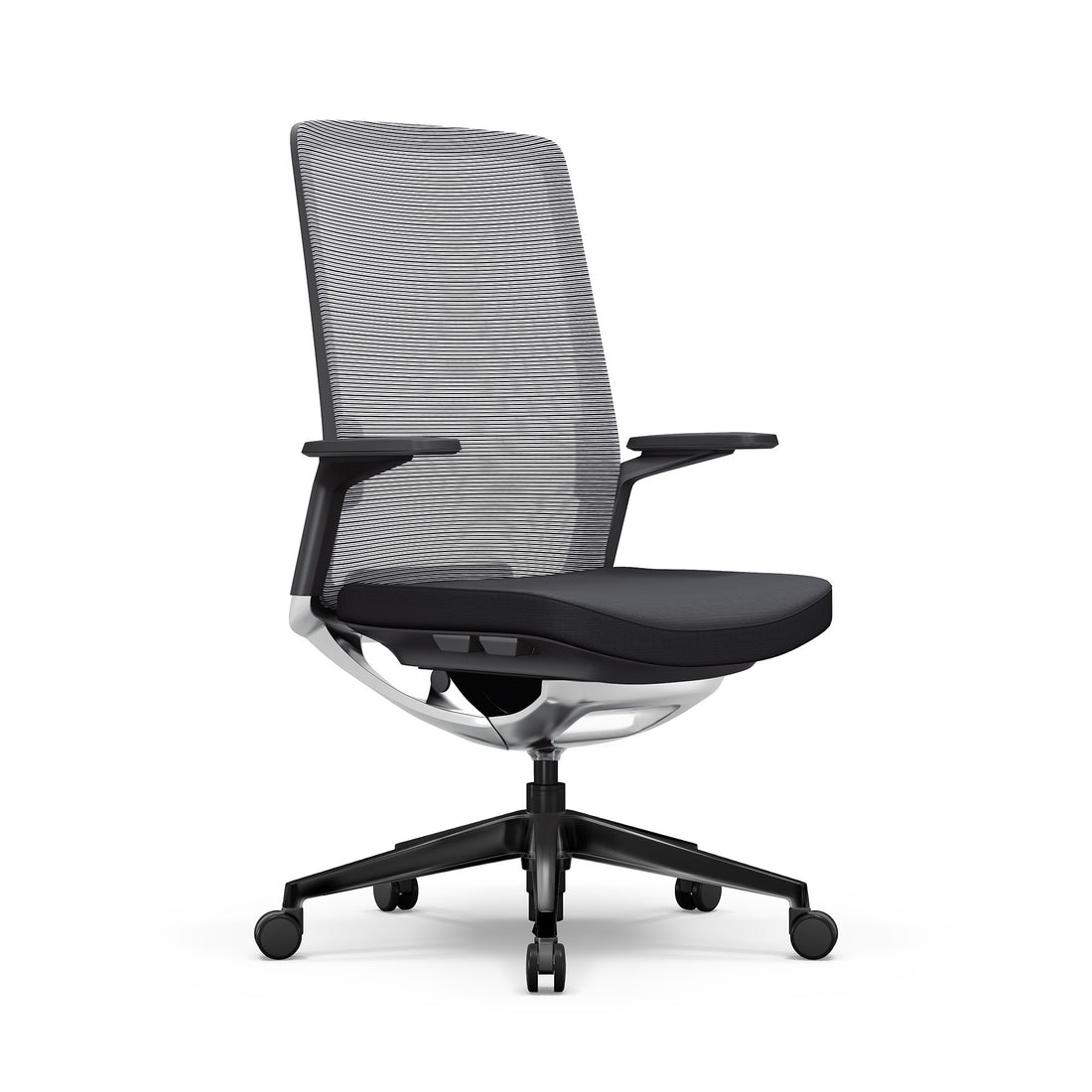Desk jobs are becoming more prevalent, but bad desk ergonomics in both traditional office settings and home office setups can result in notable health issues and decreased productivity. Understanding and addressing ergonomic issues is crucial for maintaining overall well-being and efficiency. Good ergonomics is not just about comfort; it's about ensuring long-term health and effectiveness in your daily tasks.
As remote work and sedentary lifestyles become more prevalent, the importance of proper desk ergonomics has never been more critical. Some are exploring options like standing desks to see if alternating between sitting and standing throughout the day helps them feel better and be more productive. This comprehensive guide will delve into the various aspects of bad desk ergonomics, their hidden dangers, and the most effective solutions to improve your workspace.
What is Bad Desk Ergonomics?
Bad desk ergonomics arises when a workstation setup inadequately aligns with an individual’s physical needs, compelling them into unnatural and detrimental postures. Such misalignments can prompt a spectrum of health issues, starting from transient minor discomfort to more severe, enduring conditions.
Prolonged exposure to these conditions can exacerbate the severity of the symptoms, potentially leading to reduced mobility and long-term disability. Therefore, recognizing and rectifying poor desk ergonomics is essential for alleviating immediate discomfort, preserving long-term health, and maintaining workplace productivity.
Impacts of Poor Ergonomics on Health
Bad desk ergonomics can greatly affect your health, leading to a range of physical and psychological problems. Here's a breakdown of the key issues we will discus:
- Chronic Back Pain
- Neck Strain
- Repetitive Strain Injuries (RSIs)
- Poor Posture
- Eye Strain
- Prolonged Sitting
- Stress
- Decreased Cognitive Function

Physical Impacts
Bad desk ergonomics can result in various physical ailments such as chronic back pain, neck strain, and repetitive strain injuries (RSIs). These conditions cause discomfort and can lead to more severe health issues if not addressed promptly.
Chronic back pain is a common issue among office workers who spend long hours sitting at their desks. This pain often results from poor posture and inadequate lumbar support.
Neck strain, on the other hand, is typically caused by improper monitor placement, which forces the neck into awkward positions for extended periods. RSIs, such as carpal tunnel syndrome, are another significant concern. These injuries occur when repetitive motions, such as typing or using a mouse, cause inflammation and damage to the muscles, tendons, and nerves.
RSIs can lead to chronic pain and, in severe cases, may require surgery to correct. The long-term effects of these physical issues can be debilitating, leading to decreased mobility and chronic pain. It's crucial to address these problems early to prevent them from worsening over time.
Sitting for long periods is a major ergonomic culprit. Some people find that switching between sitting and standing throughout the day can improve comfort and focus. If a standing desk piques your interest, learning how to use a standing desk correctly is key to maximizing its benefits. This includes finding the right desk height for your body, maintaining proper posture while standing, and incorporating regular breaks to avoid fatigue.
Additionally, the most common issues related to bad desk ergonomics include poor posture and eye strain. These problems arise when the body's natural alignment is compromised due to improper desk setups. For instance, a desk that is too high can cause shoulder strain, while a too low monitor can lead to neck pain. Understanding these common issues is the first step toward creating a healthier workspace.
Poor posture is one of the most prevalent issues caused by bad desk ergonomics. When you slouch or hunch over your desk, it places undue stress on your spine and muscles. Over time, this can lead to chronic back pain and other musculoskeletal problems. Ensuring that your chair and desk are at the correct height can help maintain a neutral spine position and reduce the risk of injury.
Strained eyes, or digital eye strain, occur when your eyes are exposed to digital screens for prolonged periods. Symptoms include dry eyes, headaches, and blurred vision. To combat this, it's essential to position your monitor at eye level and at a comfortable distance from your eyes. Using anti-glare screen protectors and taking regular breaks can also help alleviate eye strain.
Psychological and Cognitive Impacts
Poor ergonomics don't just affect the body; they can also impact mental health. Discomfort and pain can lead to stress and decreased cognitive function, making concentrating and staying productive harder. When you're in pain, it's difficult to focus on your work, which can lead to errors and reduced efficiency.
Stress is a common psychological impact of poor ergonomics. Chronic pain and discomfort can lead to increased stress levels, which can further exacerbate physical symptoms. Additionally, the mental strain of dealing with constant pain can lead to anxiety and depression, further impacting your overall well-being.
Cognitive function is also affected by poor ergonomics. When you're uncomfortable, your brain has to work harder to concentrate, leading to mental fatigue. This can result in decreased productivity and a higher likelihood of making mistakes. Creating an ergonomic workspace can help alleviate these issues, improving both physical and mental health.
Common Causes of Bad Desk Ergonomics
Several factors contribute to bad desk ergonomics, each capable of causing significant discomfort and potential long-term health issues. Inadequate ergonomics in home office setups, such as an poorly adjusted chair height can lead to strain on both the back and legs, while an incorrectly positioned monitor can cause neck strain. Lack of proper lumbar support in chairs can result in poor posture and back pain. A cluttered desk restricts movement and forces users into awkward positions, potentially leading to muscle strain and discomfort. In addition, poor placement of keyboards and mice can lead to wrist and shoulder pain, and inadequate lighting can contribute to eye strain and headaches.
Addressing these ergonomic challenges begins with ensuring that your chair is at the correct height. Your feet should be flat on the floor with your knees at a 90-degree angle to help distribute weight evenly, thus reducing strain on the legs and back. Your chair should also provide adequate lumbar support to maintain the natural curve of your spine, thereby preventing back pain. The position of your monitor is equally crucial; it should be at or slightly below eye level and about an arm's length away to minimize neck and eye strain.
Furthermore, maintaining an organized desk is essential for improving posture and reducing the risk of strain. Use desk organizers to keep necessary items within easy reach and ensure a clean workspace to facilitate better movement and avoid awkward positions that could lead to injury. The placement of your keyboard and mouse is critical for preventing wrist and shoulder pain. Ensure your keyboard is positioned at a height that allows your wrists to remain straight while typing, and place your mouse close to your keyboard to avoid overreaching. Using ergonomic keyboards and mice can help maintain a neutral wrist position, reducing the risk of repetitive strain injuries.
Proper lighting is vital for maintaining good ergonomic practices. Ensure your workspace is well-lit to prevent eye strain, consider using task lighting to reduce glare on your screen and adjust the brightness and contrast settings on your monitor to further alleviate eye discomfort.
By comprehensively addressing these ergonomic factors, you can enhance comfort and prevent health problems associated with poor desk ergonomics, ultimately fostering a more productive and health-conscious work environment.

Effective Solutions to Improve Desk Ergonomics
Improving desk ergonomics involves making small adjustments that can have a big impact on comfort and productivity.
Proper home office setup is essential for comfort and productivity. A well-organized workspace minimizes unnecessary movements and enhances efficiency.
Start by adjusting your chair height to ensure your feet are flat on the floor and your knees are at a 90-degree angle, which helps distribute weight evenly and reduce strain on your back and legs. If your chair is too high or too low, adjust it to a comfortable height that allows you to maintain a neutral spine position.
Next, position your monitor at eye level to prevent neck strain; the top of your monitor should be at or slightly below eye level, and the screen should be about an arm's length away from your eyes to reduce the risk of neck and eye strain, allowing you to work comfortably for extended periods.
Consider using ergonomic accessories like wrist rests and footrests to improve comfort and reduce the risk of strain; wrist rests help maintain a neutral wrist position while typing, and footrests support your feet, helping distribute your weight evenly and reduce strain on your legs and back.
Keep your desk organized to improve your posture and reduce the risk of strain. Use desk organizers to keep items within easy reach and maintain a clean workspace. This allows for better movement and helps prevent awkward positions that can lead to discomfort and injury.
Finally, taking regular breaks is essential for reducing the risk of strain and improving overall productivity; stand up, stretch, and move around every 30 minutes to give your body a break from prolonged sitting, and incorporate regular exercise into your routine to strengthen muscles, improve posture, and promote overall health and well-being. Activities such as yoga, Pilates, and strength training can help build core strength, which is essential for maintaining good posture and reducing the risk of chronic pain and other health issues.

Ergonomic Equipment and Accessories
Investing in ergonomic equipment can significantly reduce the risks associated with poor desk ergonomics. Standing desks allow for alternating between sitting and standing, reducing the strain of prolonged sitting. Desk risers and converters adjust the height of your workspace to suit your needs. Ergonomic office chairs provide crucial support and can be adjusted to fit individual preferences. Monitor stands position your monitor at eye level to reduce neck strain. Keyboard Trays help maintain a neutral wrist position, and footrests support your feet, helping to alleviate leg and back strain.
Standing desks are increasingly recognized for their benefits in allowing users to adjust the height of their workspaces, which helps improve posture, reduce back pain, and increase energy levels.
Desk risers and converters offer a great way to adjust your workspace height easily, allowing you to switch between sitting and standing positions, and are an affordable option to enhance ergonomics without completely replacing your desk. You can explore the Desk Risers & Converters available to find the right fit.
Investing in a good ergonomic office chair is critical as these chairs are designed to provide necessary support and can be adjusted to meet your specific needs, including features like adjustable lumbar support, armrests, and seat height. For more information, visit the Ergonomic Office Chairs selection.
Monitor stands are essential for reducing the risk of neck strain by helping position your monitor at the proper eye level, facilitating good posture, and preventing discomfort during long hours of work.
Adjustable keyboard trays are key to maintaining a comfortable and neutral wrist position while typing, reducing the risk of repetitive strain injuries. These trays allow you to adjust the height and angle of your keyboard for optimum comfort.
Footrests also play a crucial role by providing support for your feet, which helps reduce strain on your legs and back, particularly beneficial for individuals who might not comfortably reach the floor while seated.
These ergonomic accessories are not just additions but necessities for creating a comfortable, health-conscious workspace that enhances productivity and maintains well-being.
FAQ
What Are Poor Workstation Ergonomics? Poor workstation ergonomics involve setups that cause physical strain and discomfort, leading to potential health issues over time. This can include improper chair height, poorly positioned monitors, and lack of lumbar support.
What Are the Examples of Poor Ergonomics? Examples of poor ergonomics include improper chair height, poorly positioned monitors, lack of lumbar support, and cluttered desks. These issues can lead to discomfort and long-term health problems.
How Do I Know if My Desk Is Ergonomically Correct? To determine if your desk is ergonomically correct, ensure your chair and monitor are at appropriate heights, your feet are flat on the floor, and you are not experiencing any discomfort. Regularly assess your posture and make necessary adjustments.
What Are the Problems With Office Ergonomics? Office ergonomics problems can include chronic pain, decreased productivity, and increased stress due to poor posture and discomfort. Addressing these issues can help improve overall health and efficiency.

